تحليل شامل لعملة UMA
1. مشروع عملة UMA مقدمة
عملة UMA هي الأصل الرمزي الأساسي لشركة UMA، وهي منصة عقد مالي لامركزية. تركز UMA على توفير خدمات بوابة آمنة وموثوقة وأدوات عقود مالية مبتكرة لمختلف تطبيقات اللامركزية (DeFi، وجسور السلسلة العابرة، والتأمين، وأسواق النبؤات، إلخ). تضمن المنصة دقة وقابلية التحقق للبيانات على السلسلة من خلال نظامها 'البوابة التفاؤلية'، مما يمكن المطورين من تصميم ونشر وصيانة عقود متنوعة بكفاءة. تستخدم عملة UMA في حوكمة المنصة، ومكافآت المجتمع، وتوفير آليات اقتصادية آمنة للبوابات، بالإضافة إلى وظائف أخرى.
في مجال الديفي، لا يمكن تجاوز أهمية البوابات، حيث أنها مسؤولة عن جلب البيانات الخارجية إلى البلوكشين. لذلك، الدقة واللامركزية أمران أساسيان. تعتمد UMA آلية فريدة من نوعها 'آلية بوابة التفاؤلية' التي تقلل من تكاليف النزاع المرتبطة بأنظمة البوابات التقليدية، وتحسن كفاءة التحقق من البيانات، وترسخ الأساس لسيناريوهات مالية أكثر تعقيدًا. نظرًا لدوره المركزي داخل النظام البيئي، أصبحت عملة UMA أصولًا شائعة بين المستثمرين والمطورين.
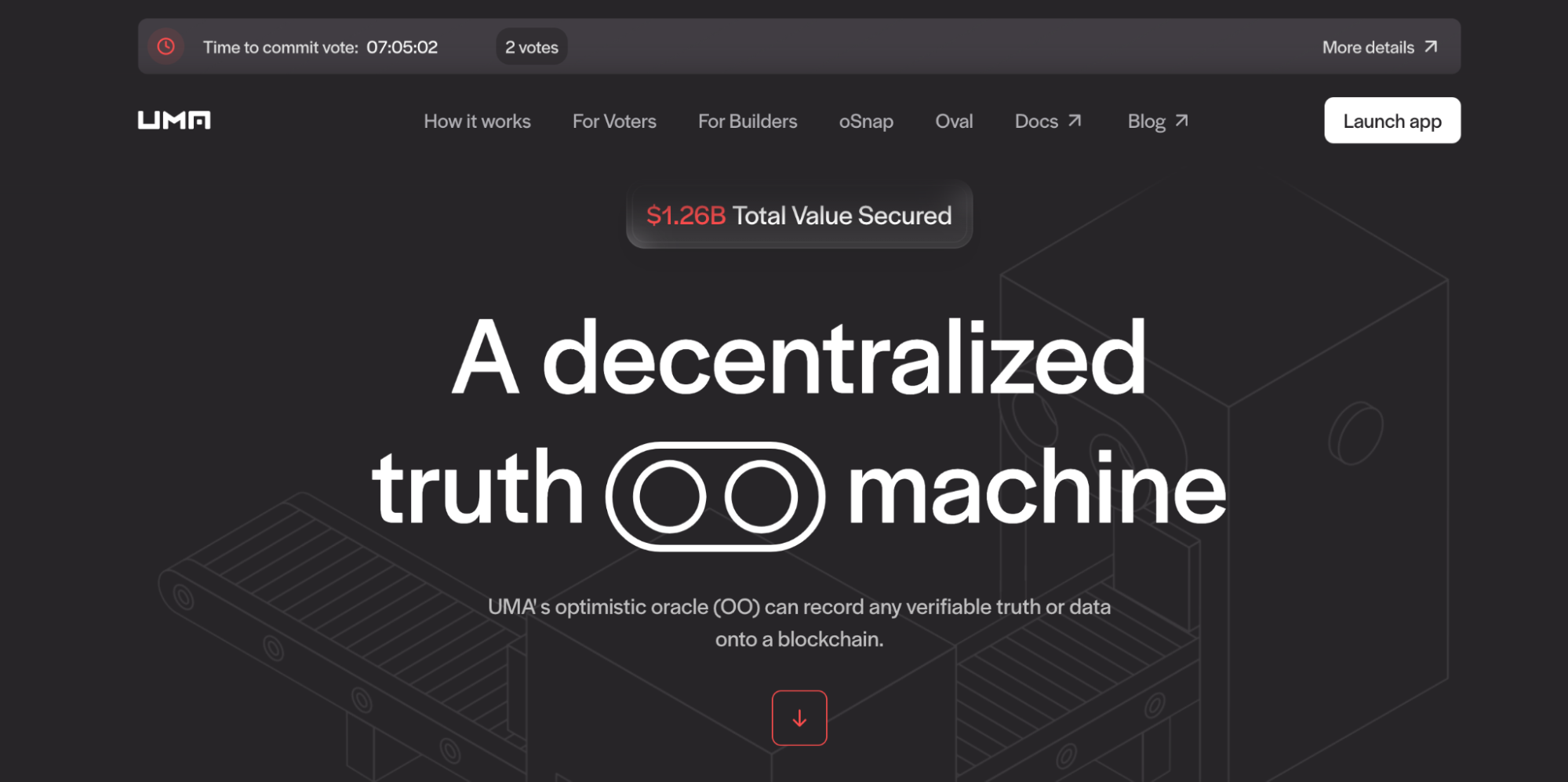
المصدر:موقع UMA الرسمي
2. خلفية مشروع UMA Coin
فريق التأسيس وتاريخ التأسيس
تأسست UMA بواسطة Hart Lambur و Allison Lu. عمل Hart Lambur في صناديق التحوط في وول ستريت ولديه خبرة واسعة في تصميم الأدوات المالية الاشتقاقية. Allison Lu لديها خلفية في المالية والتكنولوجيا، حيث عملت في العديد من المؤسسات المالية. يتضمن الفريق الأساسي أيضًا CTO Matthew Rice و COO Melissa Quinn. بدأوا في تطوير مشروع UMA في نهاية عام 2018 وأطلقوا عملة UMA بشكل رسمي في 28 أبريل 2020.
القضايا الأساسية المعالجة
سوق الأدوات المشتقة المالية التقليدية غالبًا ما يتحكم فيها المؤسسات المركزية، مع حواجز عالية للدخول ومخاطر مضادة مرتفعة. هدف UMA هو توفير بيئة تصميم عقد بدون إذن وتداول باستخدام العقود اللامركزية والموردين الموثوق بهم، مما يقلل بشكل كبير من الحواجز المتعلقة باستخدام المشتقات المالية والمنتجات المهيكلة. يُعَدّ نموذج 'المورد المتفائل' المقترح محاولة لتحقيق أقصى موثوقية للبيانات مع حد أدنى من الحوافز الاقتصادية.
تطوير المشروع المبكر
- بداية عام 2020: إطلاق البرهان على مفهوم (PoC) للتحقق من جدوى الأوراق المالية المتفائلة.
- 28 أبريل 2020: تم إدراج عملة UMA على منصة Gate، مما يعتبر بداية إصدارها الأولي، بسعر يقدر بحوالي 1.1627 دولار.
- 2021: مع النمو الانفجاري لـ DeFi، توسعت تطبيقات عقود UMA إلى مجالات مثل الجسور عبر السلاسل وأسواق التنبؤ.
- 2022: على الرغم من السوق الهابط، استمرت UMA في توسيع نطاق نظامها البيئي بنشاط، بالتعاون مع مشاريع مثل Polymarket وAcross Protocol، مما أدى إلى تقدم مستمر في كل من التطوير التقني وتطوير المجتمع.
مع الخلفية أعلاه، من الواضح أن UMA Coin ليست مجرد عملة دفع أو رمز "وظيفة واحدة" ولكنها تدعم مجموعة شاملة من الخدمات المالية والبيانات.
3. مبادئ تقنية UMA Coin
يكمن جوهر UMA في تصميمه المتفائل للأوراق المالية ونمط العقد. إليك ملخصًا موجزًا:
1. البوابة المتفائلة
- آلية العمل: عندما يتطلب عقد ذكي بيانات خارجية، يقدم "المؤكد" بيان حقيقي، مثل "السعر هو X" أو "حدث معين قد وقع". خلال فترة النزاع المعينة، إذا لم يتساءل أحد عن البيان، يُعتبر صحيحًا ويُسجل في السلسلة. إذا تم تحديه، يدخل في عملية التحكيم ويُصوت عليه من قبل المحققين اللامركزيين لـ UMA (DVM، آلية التحقق من البيانات)
- الحوافز الاقتصادية: عادة ما يحتاج المقترحون إلى التعهد بوديعة لتقديم بيانات حقيقية؛ إذا تبين أن البيانات كاذبة، سيتم ضياع الوديعة. يمكن للمتحدين الذين يثبتون أن البيانات كاذبة الحصول على مكافأة.
2. التصويت على التحقق اللامركزي (DVM)
- يحافظ UMA على العدالة ويمنع تلاعب الأصوات من خلال الالتزامات المشفرة وآليات التصويت المكشوفة. يتم مكافأة الناخبين الذين يصوتون بالنتيجة الصحيحة بمكافآت تضخمية، في حين يتم معاقبة الأصوات غير الصحيحة.
- يتيح هذا الآلية تحقيق توافق فعال ومكلف للغاية، حتى في السيناريوهات المتنازع عليها بشكل شديد، مما يوفر بيانات موثوقة بشكل عالي كإدخال للعقود.
3. قالب عقد مالي عالمي
- توفر منصة UMA سلسلة من قوالب العقود العامة، مما يتيح للمطورين نشر منتجات مثل الأصول الاصطناعية، والعقود الدائمة، وعقود التأمين، وغيرها بسرعة.
- هذه القوالب تتكامل بسلاسة مع المهاتف المتفائلة، مما يوفر حلولًا منخفضة التكلفة وقابلة للتوسع بشكل كبير لأي تطبيق DeFi يتطلب بيانات خارجية.
4. التوسع المرن والقابلية للتعديل
- تصميم عقد UMA قابل للتعديل، ويدعم مجموعة متنوعة من تركيبات اللوجيك على السلسلة، مثل خيارات KPI، oSnap، الرموز الناجحة، وهياكل مشتقة أخرى. يمكن أن يتطور باستمرار استنادًا إلى احتياجات المجتمع.
يسمح نموذج الاقتصاد "التفاؤل + الضمانات + التحكيم" لـ UMA بإجراء التحقق من البيانات وتنفيذ العقود بتكاليف احتكاك منخفضة نسبيًا في معظم الحالات، مما يجعلها بنية أساسية ضرورية داخل نظام البيئة المالية اللامركزية.
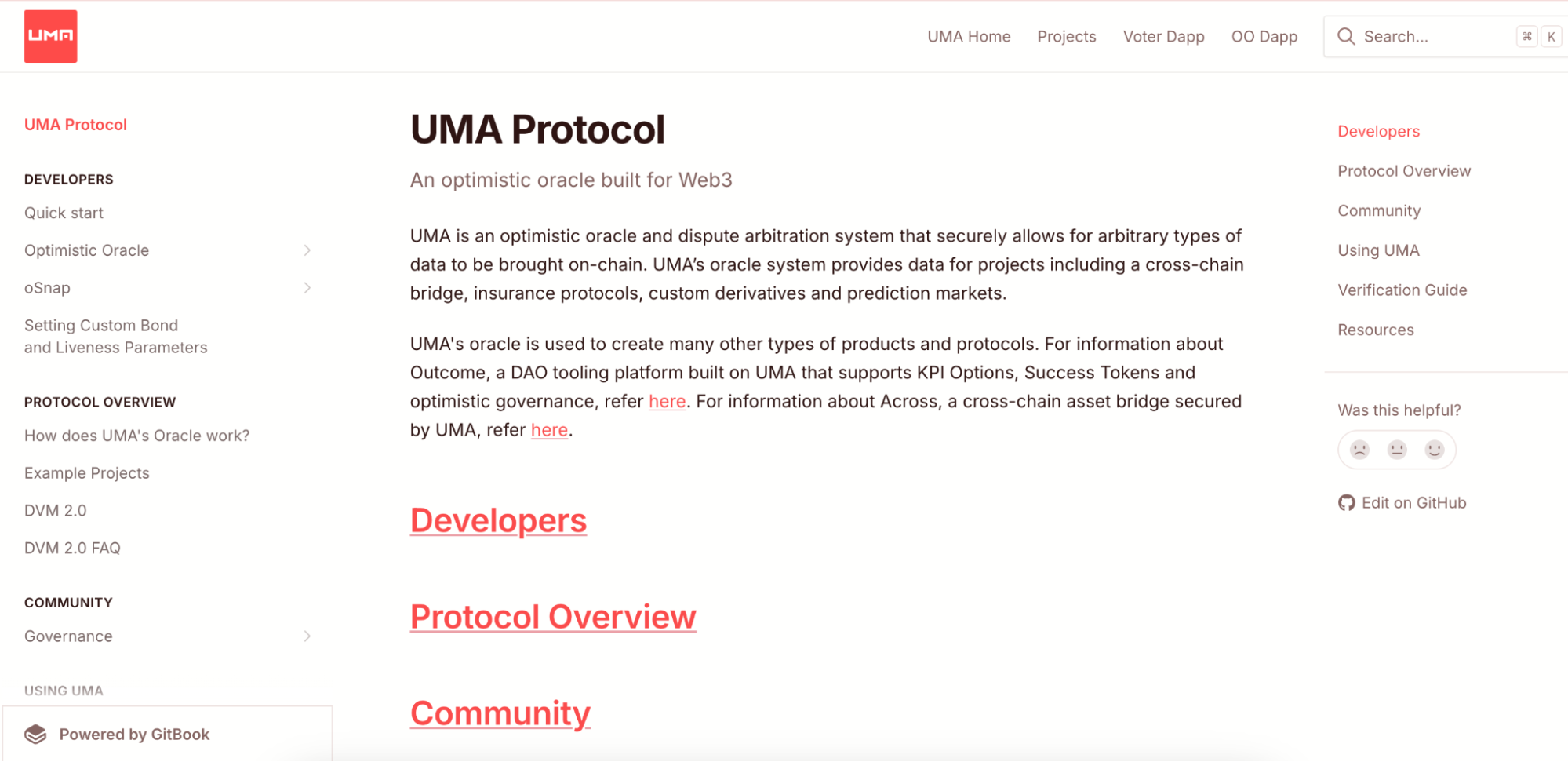
المصدر:ورقة UMA
4. أحدث اقتباسات سوق عملة UMA والأسعار التاريخية
ما يلي هو أحدث جدول لنظرة عامة على السوق من Gate (البيانات حتى 2025-03-28):


المصدر:صفحة تداول عملة UMA
من اتجاه السعر التاريخي، وصل عملة UMA إلى أعلى مستوى تاريخي بحوالي 41.56 دولار في 04-02-2021، ولامست أدنى مستوى تاريخي بحوالي 0.3036 دولار في 29-04-2020. ترتبط تقلبات الأسعار ارتباطًا وثيقًا بعوامل مثل انفجار سوق الديفي في ذلك الوقت ودورات الثورة والدب في العملات الرقمية بشكل عام، وظروف السوق الأخرى. لا تزال السعر الحالي يظهر فجوة كبيرة مقارنة بالقيمة القصوى، ولكن فريق المشروع يواصل التقدم بميزات جديدة وشراكات في النظام البيئي. تحمل السوق بشكل عام توقعات إيجابية بشأن أداء عملة UMA على المدى المتوسط والطويل.
5. أخبار وتحديثات عملة UMA الأخيرة
1. 2025-03-27: ميزة oSnap تدعم رسميًا محفظة التوقيع المتعددة الآمنة
- المحتوى الأساسي: أعلنت UMA أن ميزة oSnap في Optimistic Oracle الخاصة بها تدعم الآن محفظة Safe متعددة التوقيعات، مما يتيح للمستخدمين تنفيذ المعاملات على السلسلة بشكل تلقائي بعد اجتياز اقتراح Snapshot.
- المعنى: تحديث عملية التنفيذ للحكم اللامركزي من "يدوي" إلى "تلقائي" يعزز بشكل كبير كفاءة عمل داو.
- الرابط الرسمي: انظرUMA تويتر, وتوفر دروس تعليمية مفصلة.
2. 2025-03-27: خطة خيارات مؤشر نمو مجتمع بروتوكول أكروس
- المحتوى الأساسي: ساعد أعضاء المجتمع سوبر يومانز في جذب أكثر من 500 مستخدم جديد لبروتوكول Across، متجاوزًا الهدف الأصلي. يعتمد برنامج التحفيز على آلية الخيارات KPI المقدمة من UMA لتوزيع المكافآت.
- المعنى: UMA ليست مجرد بوابة بيانات، بل تلعب أيضًا دورًا في حوافز المجتمع والتعاون بين المشاريع.
3. 2025-03-26: UMA Oracle يحمي القيمة أكثر من 12.3 مليار دولار أمريكي (TVS)
- المحتوى الأساسي: أعلنت UMA أن قيمة الحماية الكلية لجهاز النبوءة بلغت 12.3 مليار دولار أمريكي، وتغطي عدة قطاعات مثل الجسور العابرة للسلاسل، وبروتوكولات التأمين، وأسواق التنبؤ، وحكم DAO.
- المعنى: يؤكد بشكل أكبر على وضع UMA كعمود أساسي في نظام الأمان في البيئة المالية اللامركزية. كما يقدم المسؤول البيانات البصرية لتوضيح اتجاه نمو هذه القيمة.
4. 2025-03-25: تعميق التعاون مع بوليماركت
- المحتوى الأساسي: UMA ومنصة السوق التنبؤية Polymarket يقومان بتحسين عملية بيانات السلسلة الرئيسية معًا، مما يقلل من وقت حل النزاعات ويقلل من متطلبات الهامش.
- المعنى: يشير إلى أن UMA ما زالت تركز على تحسين كفاءة المهتمين وتوسيع عمق التطبيق في سوق التنبؤ.
هذه التحديثات تظهر تقدم UMA المستمر في التكرارات التقنية، وتوسيع النظام البيئي، والتحكم التلقائي في الحوكمة، مما يمنح UMA Coin قيمة تطبيقية أكثر.
6. ملخص
عملة UMA تعتمد على برنامج Oracle التفاؤلي وقالب العقد العالمي، مما يوفر مصدر بيانات موثوق لنظام البنية التحتية المالية اللامركزية الذي يكون فعالًا ومنخفض التكلفة، ومجهز بآلية تحكيم مثيرة للجدل. مع إطلاق ميزات جديدة متعددة منذ عام 2025، توسعت تطبيقات UMA في مجالات مثل حكم الـ DAO الآلي، وأسواق التنبؤ، وجسور السلسلة الجانبية بشكل أكبر. تشمل نقاط قوة المشروع خلفية مالية احترافية، وتصميم عقد ناضج، وتعاونات مجتمعية غنية؛ ومع ذلك، لا يزال يحتاج إلى معالجة المنافسة السوقية والمخاطر المحتملة المرتبطة بالعقود الذكية.
بشكل عام، تكمن قيمة عملة UMA في دعم مجموعة كاملة من البنية التحتية المالية اللامركزية، وأداء سعرها مرتبط تمامًا بتطور صناعة الديفي. بالنسبة للمطورين، توفر UMA عقود مالية يمكن تكرارها وحلول أوراق مالية؛ بالنسبة للمستثمرين، فإن ذلك يعني فرصة للمشاركة في نظام البيئة المالية Web3 الناشئة. ومع ذلك، يجب تقييم أي استثمار بشكل كامل من حيث المخاطر والجمع بين اتخاذ القرارات الرشيدة استنادًا إلى تخصيص الأصول الخاصة به. إذا استمرت UMA في التقدم بثبات في الترقيات التكنولوجية والتعاون البيئي، فإن لعملة UMA لا تزال لديها إمكانات تقديرية معينة وتأثير في الصناعة في المستقبل.
المقالات ذات الصلة
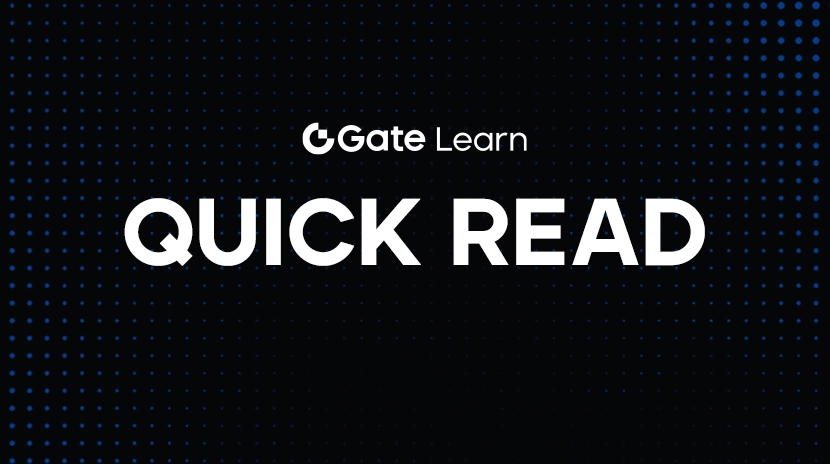
ما هي عملة إيلون الرسمية (ELON)؟
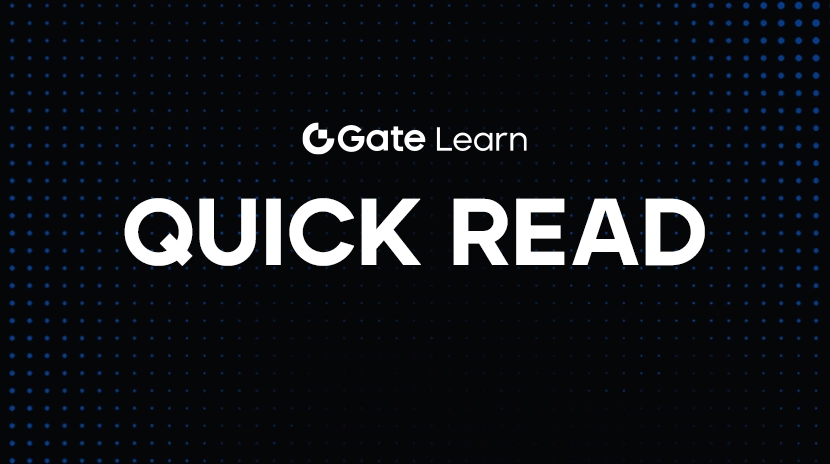
كيفية كسب USDT: أفضل الطرق لزيادة مقتنياتك من العملات الرقمية

تحليل قيمة عملة Pi: الآفاق المستقبلية لعملة Pi في سوق العملات الرقمية
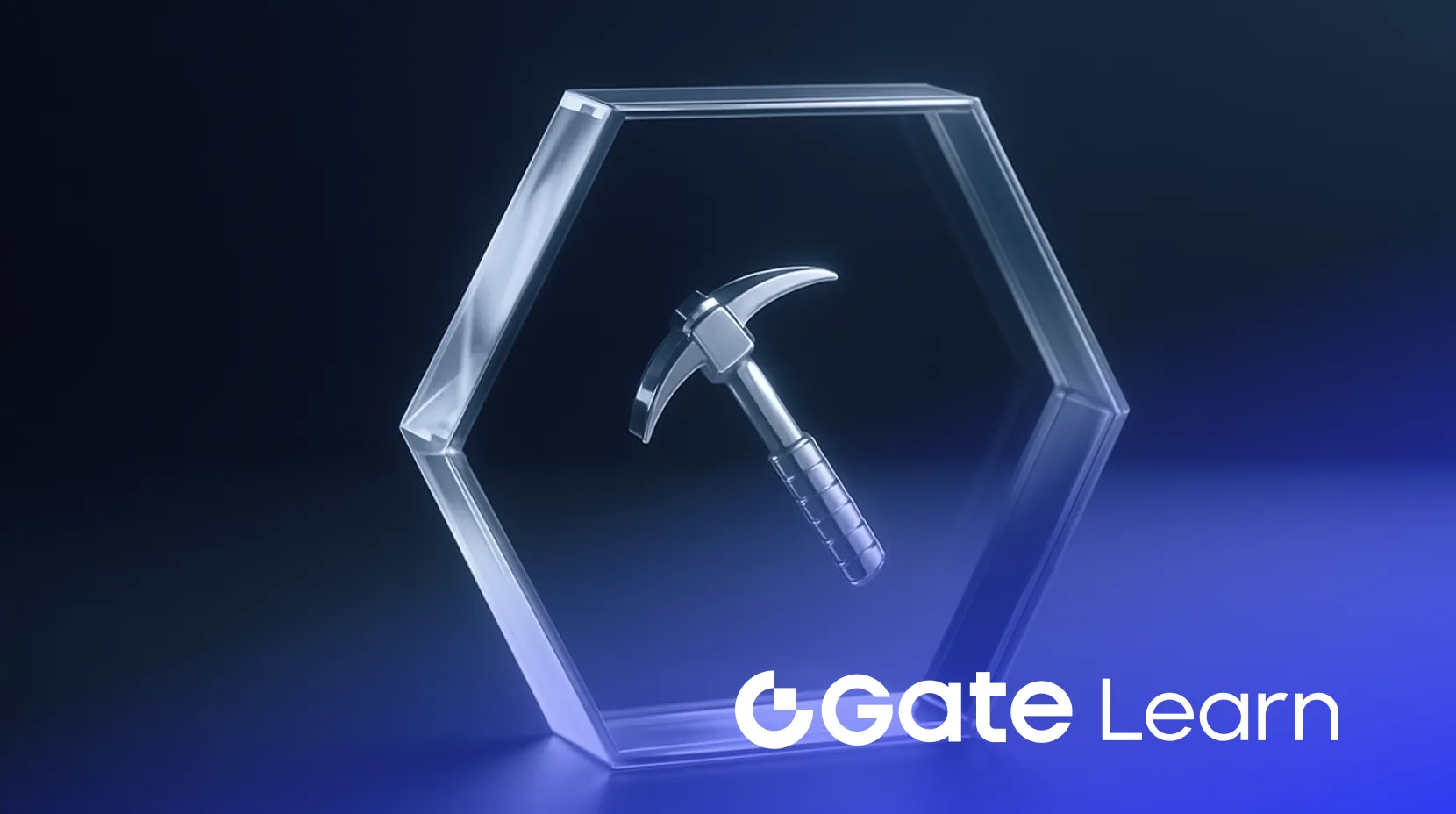
أفضل تطبيق للتعدين في مجال العملات الرقمية
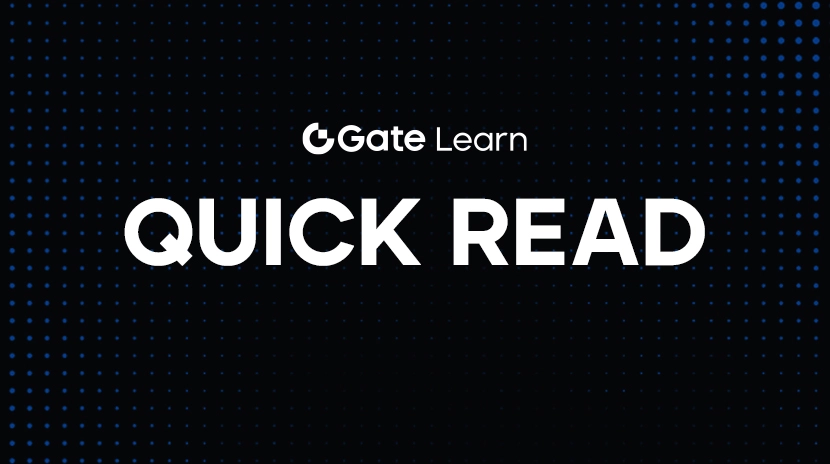
كم يمكن أن يرتفع XRP؟ كيف سيؤثر سياسة العملات المشفرة لترامب على الاتجاه المستقبلي لـ XRP؟
